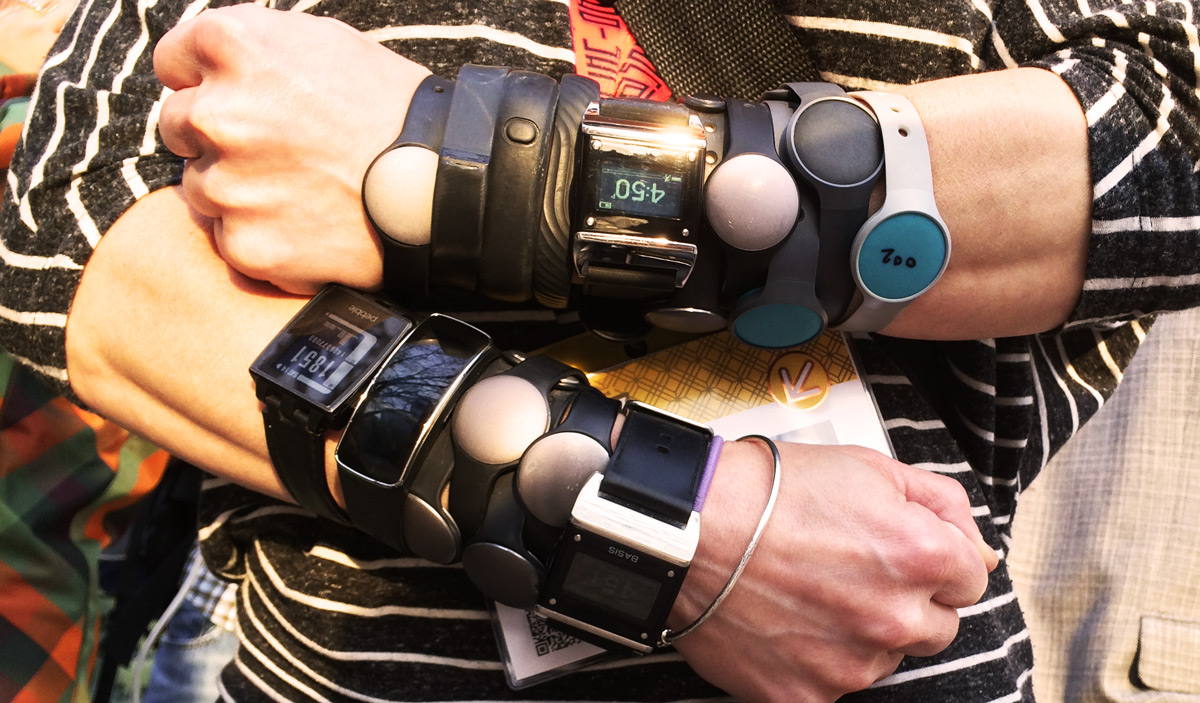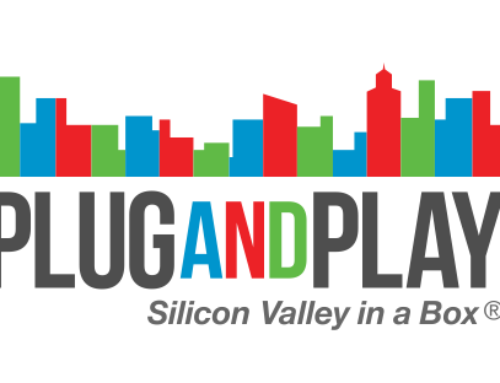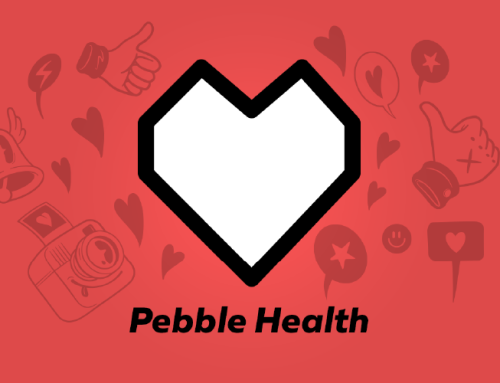In the future of wearable technology, the device is the least important element of the market equation.
Imagine a big whiteboard . . .
On the left, are the hundreds (perhaps soon thousands) of wearable devices. Some of them are for fitness buffs, some of them are for medical purposes, some are glorified fashion accessories, but few of them are well-differentiated from similar devices. Also, almost none of those devices speak the same language or can communicate with one another, and many could be easily replicated and replaced by making a few minor revisions to a cheap, off-the shelf sensor device and adding a bit of branded packaging.
On the far right of the whiteboard are consumers, enterprises, healthcare providers, insurance companies, clinical researchers and a bunch of others, all looking for ways to get the data off of those devices and into some useful application, or service offering. The market can already imagine a million use cases for our professional and personal lives — we just need the supply to get rolling.
In the middle is where the hard work required to fulfill those use cases happens.
First, you need a way to routinely get the data off all those different devices (currently, their onboard memory is a fraction of that of a low-end smart phone). Then you need to standardize all that different data so it plays nicely together (think: algorithms). Then, in order for the data to be useful, it needs to be analyzed in relation to other relevant data of a variety of origins.
Finally, the business intelligence/intellectual property/opportunities/recommendations mined from that analysis needs to find its way to all those different user groups, so they can actually do something with it (and that’s the whole point, isn’t it?)
The reason that big players, like Apple and Samsung, are investing in platforms (and others, like Nike, are getting out of the device space altogether) is because they have the vision to see the wearables market for its’ intrinsic value: the possibilities for the data produced by devices, and not the devices themselves.
As the wearables market continues to expand, the winners in the device space will be those manufacturers that are able to extend their value proposition off the user’s wrist/head/hip/etc. and into practical use cases and applications at home, at work, at play and in-care.
That may happen thru acquisitions, technical partnerships, or perhaps a revised business focus to infrastructure or data analytics solutions, but there’s no question that – on the big white board in the sky – devices are the least important element in the future of the wearables market equation.







[…] In the future of wearable technology, the device is the least important element of the market equation. Imagine a big whiteboard . . . On the left, are the hundreds (perhaps soon thousands) of wear… […]